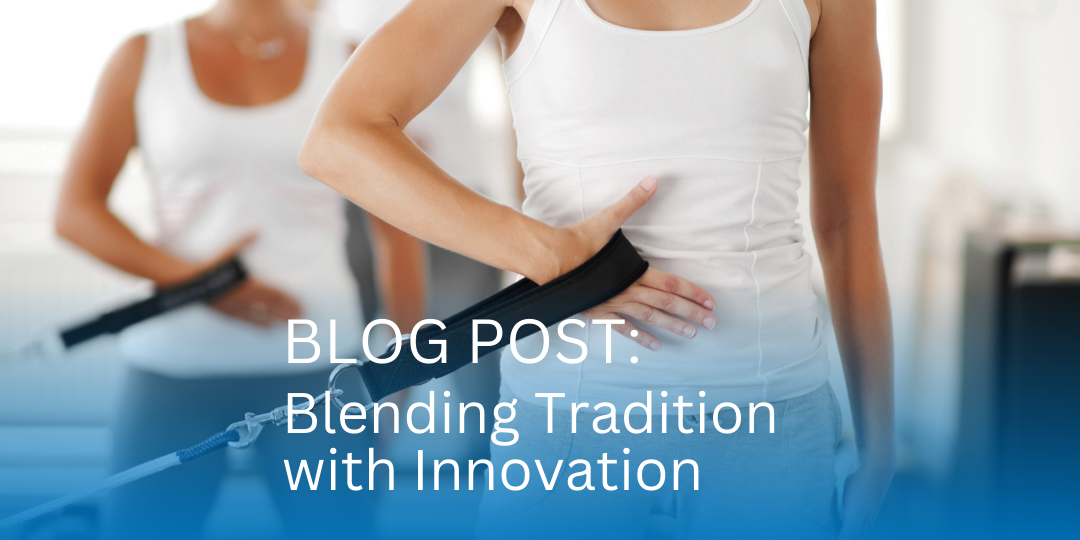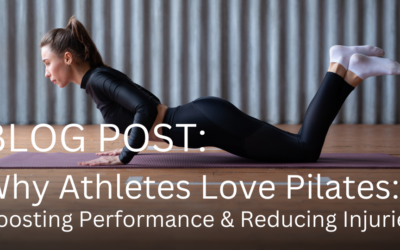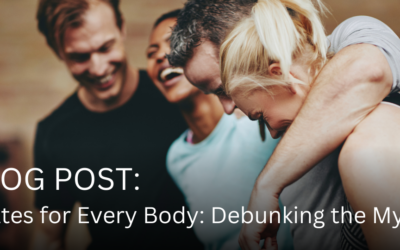The Advantages of Mastering Classical Pilates in a Modern Training Environment
By Cloe Sommadossi
In the dynamic world of Pilates, understanding the classical repertoire is essential, especially for students enrolled in contemporary schools. This knowledge not only connects you with the rich history and original vision of Joseph Pilates but also enriches your practice and teaching, offering a deeper appreciation of movement mechanics and the fundamental principles of Pilates.
Joseph Pilates created his method in the early 20th century, emphasizing control, precision, and fluid movement. His classical repertoire serves as the foundational bedrock of Pilates, where core principles such as centering, concentration, control, precision, breath, and flow are vividly demonstrated. Learning classical Pilates, therefore, provides a historical context and a deeper understanding of these principles, enhancing your technique and approach, even in contemporary practices.
Being versed in both classical and contemporary Pilates makes you a more versatile and adaptable instructor, capable of catering to a broader range of clients and integrating a more comprehensive approach to your teaching. It’s about honoring and preserving the rich legacy of Joseph Pilates and ensuring that the essence of his work continues to inform and inspire contemporary practices.
Learning the classical repertoire doesn’t mean disregarding contemporary innovations. Instead, it’s about integrating the traditional principles with modern adaptations to create a more holistic practice. Understanding the origins of Pilates through the classical repertoire allows for a greater appreciation of its evolution and the diverse interpretations in contemporary Pilates.
Learning classical Pilates while training in a contemporary environment isn’t just about exercise routines; it’s a journey into the very soul of Pilates. By embracing the classical repertoire, you connect with the legacy of Joseph Pilates and gain a richer understanding of the method’s core principles. This knowledge isn’t just historical; it brings life to every movement and decision in your practice.
Often, the gap between classical and contemporary Pilates stems from a lack of understanding rather than real differences. By becoming fluent in both languages of Pilates, you can dissolve these barriers, creating a more cohesive and inclusive community. This understanding allows you to see the beauty in both approaches and to appreciate how they complement each other.
Moreover, when you dive into the roots of Pilates, you’re not just learning exercises; you’re becoming part of a legacy. This connection offers a sense of belonging to a broader community, opening doors for networking and collaboration, vital for those starting out in their Pilates careers.
Additionally, understanding the classical foundations empowers you to be an innovator within the Pilates world. With this comprehensive grasp, you can adapt and contribute new ideas, keeping the practice vibrant and relevant in today’s fast-paced world. You become a part of Pilates’ evolution, ensuring its continued relevance and dynamism. In the world of Pilates, respecting tradition while embracing innovation isn’t just inspirational; it’s essential.
In conclusion, embracing the classical repertoire within a contemporary Pilates education is not just about learning exercises; it’s about connecting with the history and essence of the Pilates method. This comprehensive approach not only makes you a well-rounded practitioner but also deepens your appreciation for the art of Pilates. Whether you’re an aspiring instructor or a dedicated student, exploring the classical repertoire will undoubtedly enrich your Pilates journey, blending tradition with innovation in your personal and professional practice. Remember, in the tapestry of Pilates, every thread from the past contributes to the rich pattern of the present.




